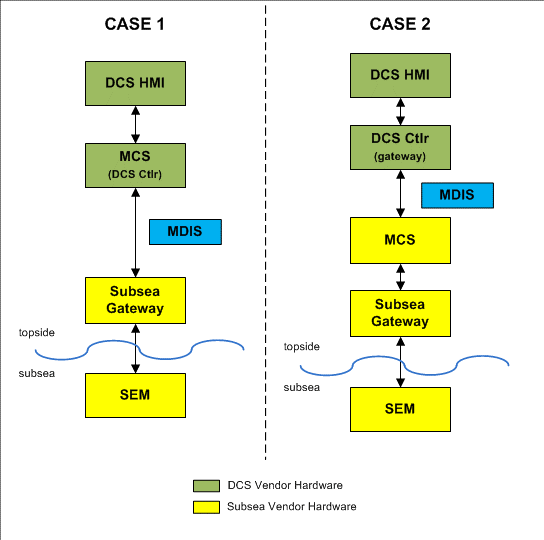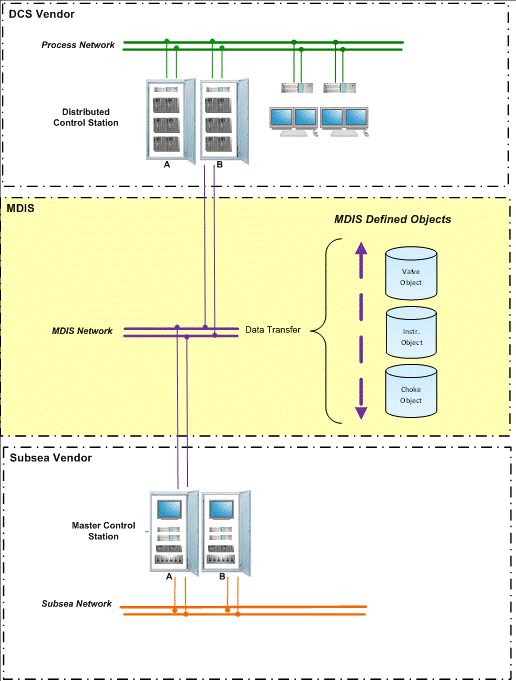

With today’s gradually improving prices, ARC has observed an increased focus on offshore and subsea drilling. Renewed investments in deep water and ultra-deepwater projects by major oil & gas companies should help drive a recovery in the market for subsea control systems.
Improving oil prices, technological improvements, and the need to replace maturing shallower water basins all work together to support new deepwater oil and gas development. To help drive down costs, the offshore oil & gas industry seeks integrated solutions that provide the full range of topside to subsea equipment and facilities, down to the reservoir. This includes installation, monitoring, and life-of-field services.
The subsea control system plays an important role as the binding element between subsea equipment such as subsea trees, manifolds, and boosting and compression pumps in subsea production systems. The seamless integration of the production control system with the pump control system is the key to providing an integrated solution from topside to subsea.

The Master Control System to Distributed Control Systems (MCS-DCS) Interface Standardization (MDIS), which utilizes both OPC DA and Modbus, was established in 2010 to streamline the interface between MCS and DCS, while increasing data reliability and quality. Over the years, it has minimized the interface management tasks, simplified interface architecture, optimized testing, and reduced overall interface cost. In today’s technology scenario, the Subsea Monitoring and Control Module enables the subsea production assurance services (surveillance, flow boosting, and flow assurance). It is a communication and power hub for the subsea and downhole devices that allows surface equipment to communicate directly with the above.
The introduction of MDIS and communication protocols provide some crucial benefits for the subsea controls. These include:

The subsea industry is in a transition period, with advancements in technology impacting the way advanced subsea systems are being designed and installed. Examples of this are the emergence of subsea processing, which includes technologies capable of separating different fluid phases and boosting the fluids using pumps or compressors. Equinor developed the first subsea gas compression system and deployed it at Asgard field in the North Sea in September 2015, no doubt more advanced subsea controls play a critical role in ensuring its successful operation.
Recent ARC research on the subsea controls market indicates that automation and interface standardization have been driving subsea control solutions, which has gradually secured a larger market share in the subsea segment economy. Users demand lower costs and greater efficiency in subsea operations if they are going to continue to make investments in subsea exploration and production. The latest subsea control technology and interface standards should help.
ARC welcomes the opportunity to speak with technology suppliers and users alike about your activities, thoughts, perspectives and questions on this exciting area. For further discussion or to provide feedback on this, please contact the author Jyoti Prakash at jprakash@arcweb.com.

